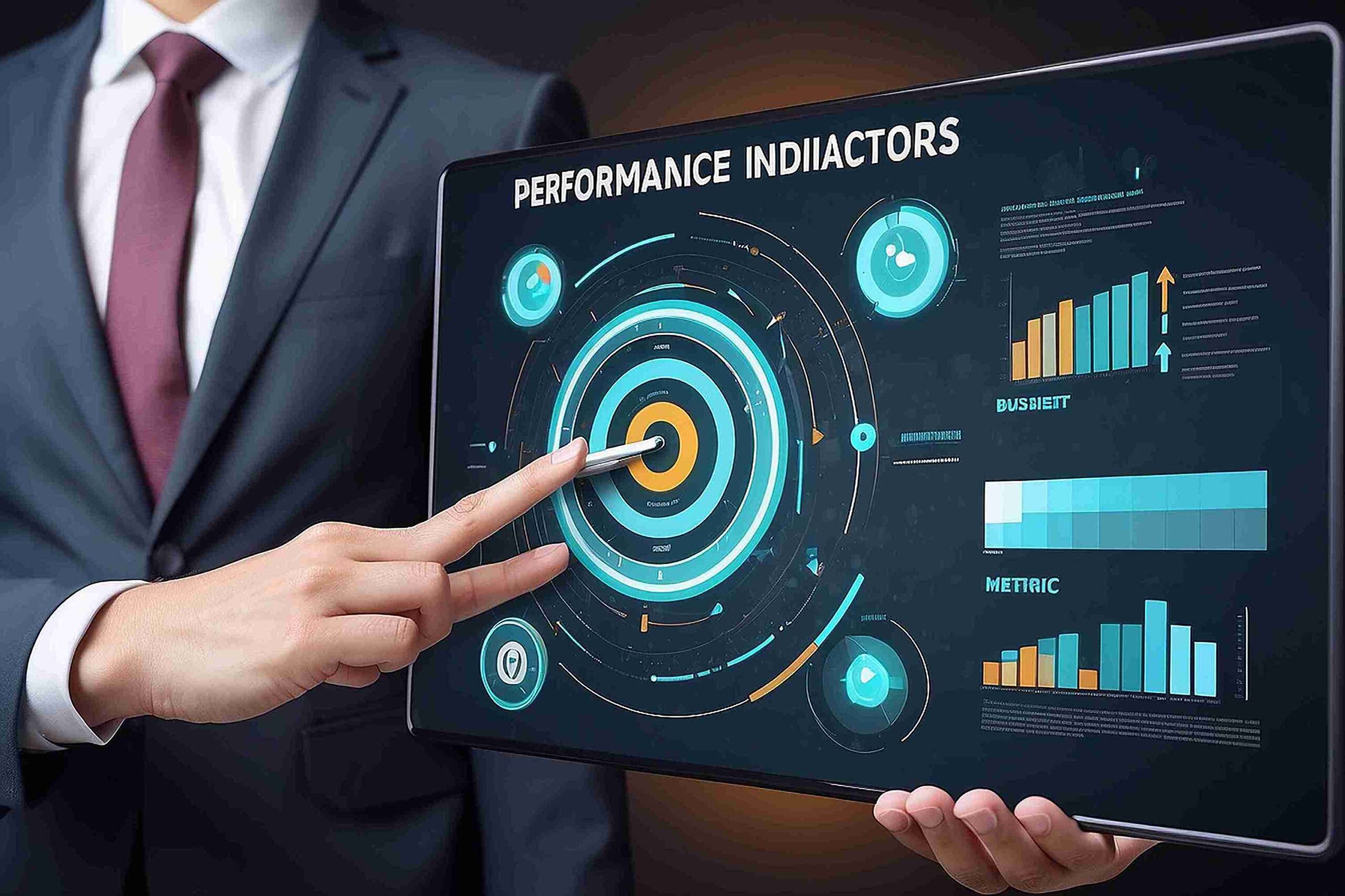
In today’s digital-first world, gut-driven campaigns no longer cut it. A smart media strategy leverages real-time insights to align every placement with your business goals. Data-driven efforts outperform traditional methods, often delivering 5x to 8× higher ROI.
1. Start with Clear Objectives
Success begins with clarity. Define what you want to achieve:
- Brand awareness?
- Lead generation?
- Sales growth?
Tie media goals directly to business outcomes—revenue, retention, or customer Lifetime Value.
2. Centralize & Collect Quality Data
Collecting relevant, high-quality data from CRM systems, web analytics, social metrics, to behavioral insights is critical. The goal is not data for data’s sake, but to inform decisions.
3. Build Your Audience Intelligence
Unified data across channels creates precise audience segments:
- Demographics
- Behavior
- Engagement history
These insights let you tailor content and refine targeting with surgical precision.
4. Forecast & Plan Proactively
Leverage predictive analytics and modeling to:
- Forecast campaign outcomes
- Optimize budget allocation
- Plan around seasonality and market shifts
This approach is proactive not purely reactionary.
5. Activate Across the Right Channels
Media works best when coordinated across the ecosystem:
- Paid (Meta, Google, DV360)
- Owned (web, email, social)
- Shared (social engagement)
- Earned (coverage, reviews)
The PESO model ensures media is not siloed, but orchestrated for impact
6. Visualize & Interpret Insights
Data without clarity is noise. Use effective visual storytelling:
- Match formats to your audience’s knowledge level
- Prioritize relevance over complexity
- Narrate insights, not just numbers
7. Attribution That Reflects Reality
Instead of last-click bias, invest in data-driven attribution models. Machine learning lets you assign appropriate credit across touchpoints, revealing what truly drives conversion
8. Iterate, Refine, Improve
Campaigns must never be “set and forget.” Continuously revisit:
- Performance metrics
- Segment performance shifts
- Creative resonance
- ROI per touchpoint
Let insights guide adaptations in real time
9. Encourage a Data-Driven Culture
Even the best strategies fail without organizational buy-in. A healthy data culture empowers every team member to use metrics for decisions empowering growth, not just execution
Table: Quick Reference
| Phase | Activity | Purpose |
| Define Goals | Set clear objectives | Align media with business outcomes |
| Collect & Integrate Data | Centralize insights | Build a single source of truth |
| Segment Intelligence | Audience profiling | Tailored targeting and creative insight |
| Predict & Plan | Forecast, budget | Preemptive optimization |
| Multi-Channel Activation | PESO framework | Holistic media orchestration |
| Visualization & Reporting | Clarity-driven storytelling | Decision-friendly insight delivery |
| Attribution | ML-driven credit assignment | Understand true impact |
| Iteration | Test, tweak, repeat | Continuous performance improvements |
| Culture Building | Team-wide data fluency | Sustained strategic wins |
Conclusion
A data-driven media strategy isn’t an optional upgrade it’s essential. By combining clear goals, integrated data, predictive models, cross-channel execution, and a data-first culture, brands can ensure media investments drive real business outcomes.
Need help translating strategy into action? Let’s talk.
